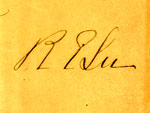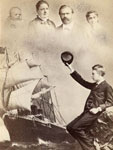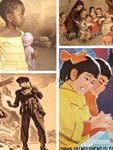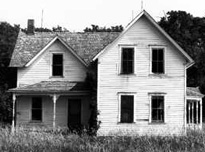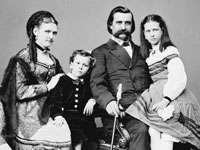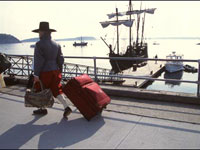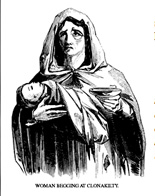Over more than 15 years, Rocky Gap High School of Rocky Gap, VA, has offered students the opportunity to participate in a history and technology project. While working on the project, students conduct oral history interviews, and archive these interviews and related photographs in a database and, in many cases, online.
The main page can be somewhat difficult to navigate. However, the largest portion of content can be found under Stories of the People. This section contains roughly 90 oral history transcripts on the lives of Bland County residents. Topics range from train rides and farm life to working in a World War II aircraft factory and religious practices. Some of the transcripts are also accompanied by photographs of the interviewee throughout his or her life.
Yet other transcripts link to collection pages which bring together related oral histories, as well as narration written by students. In some cases, video and audio versions are available in addition to the text transcripts. Topics include the Civilian Conservation Corps (CCC), church, death practices, farming, logging, the railroad, school life, tunnel building, and Bland County residents at war.
For more information on the project and its facilities, try the links under "Mountain Home Project."
This website is excellent as inspiration for beginning your own local history projects, as well as a fantastic resource for anyone looking for information on life in rural Virginia.
Note: The site is frequently unavailable for short bursts of time. Try again later if you reach a 404 error page.

